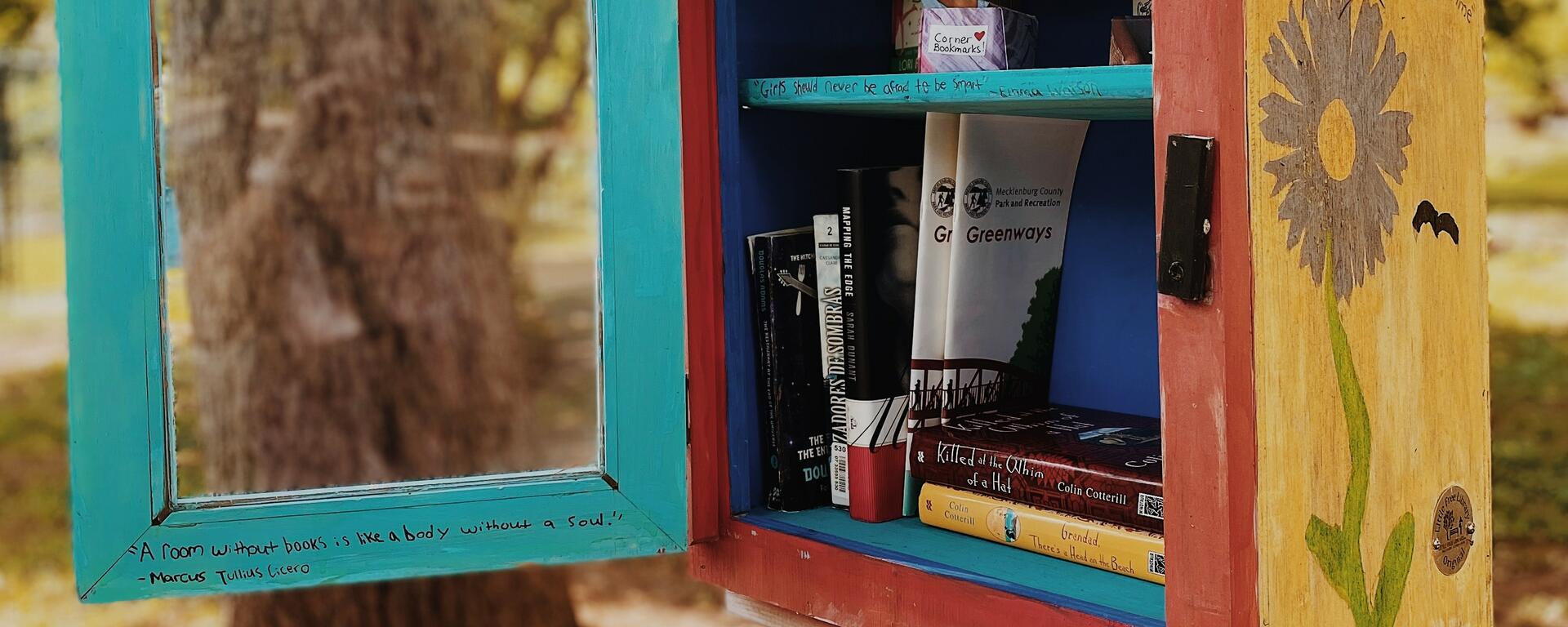About gifts in kind
Over the years, the University of Calgary has benefited greatly from the donation of books, papers, real estate, art and equipment. These gifts in kind are typically directed to the following beneficiaries:
Multiple tax benefits for you
There are a number of tax benefits to making gift-in-kind donations to the university:
For gifts valued at more than $5,000, the university arranges a minimum of two independent appraisals. With a few exceptions, the resulting tax receipt will reflect the average of the two.
As you consider a gift in kind to the University of Calgary, we can work with you and your advisors to identify and document a specific arrangement that works for you.
Steve and Elizabeth rarely use their family cottage near Sylvan Lake. The Alberta couple bought the place for $60,000 in the late 1970s and, while they talked about selling it, they decided instead to donate the property to the University of Calgary.
Let’s assume the couple makes more than $315,000 a year, putting them in Alberta’s highest marginal tax bracket of 48 per cent. A property appraisal determines the current fair market value of the property to be $300,000.
Please see breakdown below.
In this example, we’re assuming the couple is eligible for the 50 per cent Alberta charitable tax credit. (The first $200 of a charitable donation is eligible for only a 25 per cent charitable tax credit.) Let’s say Steve and Elizabeth have already made $200 worth of donations through the year, so they’re eligible to deduct a full 50 per cent of their donation to the University of Calgary.
The charitable tax credit may be claimed for donations of up to 75 per cent of your net income in the year of the donation, and any excess may be carried forward for five years. The limit increases to 100 per cent of net income in the year of death and the preceding tax year.
The contribution limit for in-kind gifts that have appreciated in value is 75 per cent of net income, plus 25 per cent of the taxable gain arising from the gift. This means that the contribution limit is actually 100 per cent of the taxable gain in the gift, plus 75 per cent of net income from all other sources.
-
Tax on the capital gain if they were to sell the cottage:
Capital gain recognized ($300,000 - $60,000) = $240,000
Taxable gain ($240,000 x 50%) = $120,000
Tax on gain ($120,000 x 48%) = $57,600 -
Eligible tax credit when they donate the property:
Value of property = $300,000 Charitable
Tax Credit at 50% = $150,000
-
Net tax savings by donating the property:
Charitable Tax credit (50% of $300,000) = $150,000
Tax on gain = $57,600
Net tax savings = $92,400

